When the iPhone X was announced, everyone bemoaned the fact that it included a notch. And while there have been minor changes to the size of the notch in recent years, it still remains an integral part of Apple’s iPhone lineup. There were hopes that Apple would finally ditch the notch entirely with the iPhone 14, as the company is a bit overdue when it comes to another design change. However, if you were hoping the notch would disappear from the non-Pro iPhone 14 models, you’re going to be a bit disappointed.
Contents
iPhone 14 and iPhone 14 Plus
With the iPhone 14 and iPhone 14 Plus, Apple is essentially keeping the same sizes across both the non-Pro and Pro model phones. This means that there is no iPhone 13 Mini, and Apple isn’t even planning to keep the Mini in its lineup once the new models are released.
Display
The iPhone 14 sports a 6.1-inch Super Retina XDR display, while the larger non-Pro iPhone brings back the beloved “Plus” moniker from the old days. The iPhone 14 Plus features a 6.7-inch Super Retina XDR display, with both versions relying on an OLED panel for deeper blacks and crisp details. But it also means that the notch is still here, housing the front-facing True Depth camera and necessary Face ID sensors.
On the bright side, the only difference between these two models is in the display size. This means that you’ll enjoy HDR, True Tone, Haptic Touch, 800 nits of max brightness, and 1200 nits of peak HDR brightness.
Power and Battery
The sharing of features and specs continue as you look further down the comparison chart. Powering both of the iPhone 14 models is the Apple A15 Bionic chip, which was first introduced with the iPhone 13 series. It provides a 6-core CPU along with a 5-core GPU and a 16-core Neural Engine, all of which are the same as last year’s model.
There’s an IP68 water and dust resistance rating, and the combination of aluminum and the Ceramic Shield, aim to keep your iPhone protected. And you’ll still enjoy things such as 15W MagSafe charging, 7.5W Qi wireless charging, along with the Lightning port on the bottom. Speaking of battery life, the standard iPhone 14 is rated for up to 20 hours of video playback, whereas the iPhone 14 Plus comes in with 26 hours of battery.
According to Apple, this is the longest-lasting battery on any iPhone, let alone any major smartphone available on the market today. You’ll also be able to get a quick charge when plugging in, as the iPhone 14 and iPhone 14 Plus will gain up to 50% in about 30 minutes, provided that you are using a 20W adapter.
Cameras
Besides swapping out the iPhone Mini for the iPhone 14 Plus, the biggest changes to arrive comes courtesy of the all-new camera system. Apple is sticking with the dual camera approach for its cheaper iPhone models, but the camera lenses themselves have been improved.
Starting with the selfie camera, this has been upgraded to a 12MP TrueDepth lens, complete with Autofocus, something that we have been wanting on an iPhone for years. Along with the six-element lens, this brings improvements to night mode, as low-light performance has been improved by almost 49% compared to the iPhone 13. Apple also made it a point to mention that Night Mode exposure is two times faster, so you’ll get more crisp and detailed selfies, even if the lighting conditions aren’t the best.
This is a common trend with the other cameras found on the iPhone 14 and iPhone 14 Plus. The main 12MP wide-angle sensor is found on the back, complete with Sensor-Shift optical image stabilization and an f/1.5 aperture. Meanwhile, the 12MP ultra-wide camera remains the perfect complement with its f/2.4 aperture and 120-degree Field of View.
Across all four iPhone 14 models, Apple has introduced its all-new Photonic Engine which “merges the best pixels from multiple exposures at an earlier stage than ever before.” Apple claims that this will retain much more information from the image, which results in more details, more colors, and a brighter image overall. With the improvements to the image signal processor, along with tweaks to the camera hardware, Apple claims the iPhone 14 and 14 Plus will provide 2x better ultrawide images and 2.5x better wide-angle shots.
Price, Availability, and Connectivity
Surprisingly, Apple didn’t change anything in the way of pricing for the iPhone 14 compared to its predecessor. Both models are available with 128GB, 256GB, or 512GB storage options, and the iPhone 14 starts at $799. As for the iPhone 14 Plus, Apple needed to fit it somewhere in the lineup of available models. With the larger display and improved battery life, the iPhone 14 Plus starts at just $899.
Something worth pointing out here, however, is that unlike previous iPhone models, you won’t be able to simply swap out your physical SIM card. Instead, the iPhone 14 and iPhone 14 Plus are the first eSIM-only iPhone models to be introduced. This will still provide access to 5G networks, and the ability to store multiple eSIM profiles, while also being more secure. But models released in the U.S. will no longer feature a SIM card tray, and you’ll need to activate the SIM with the help of your carrier.
The iPhone 14 and iPhone 14 Plus will both be available for pre-order starting on September 9. The iPhone 14 will begin shipping and will be available starting on September 16. Those interested in the iPhone 14 Plus will need to wait a bit longer, as it won’t be available until October 7.
Andrew Myrick is a freelance writer based on the East Coast of the US. He enjoys everything to do with technology, including tablets, smartphones, and everything in between. Perhaps his favorite past-time is having a never-ending supply of different keyboards and gaming handhelds that end up collecting more dust than the consoles that are being emulated.

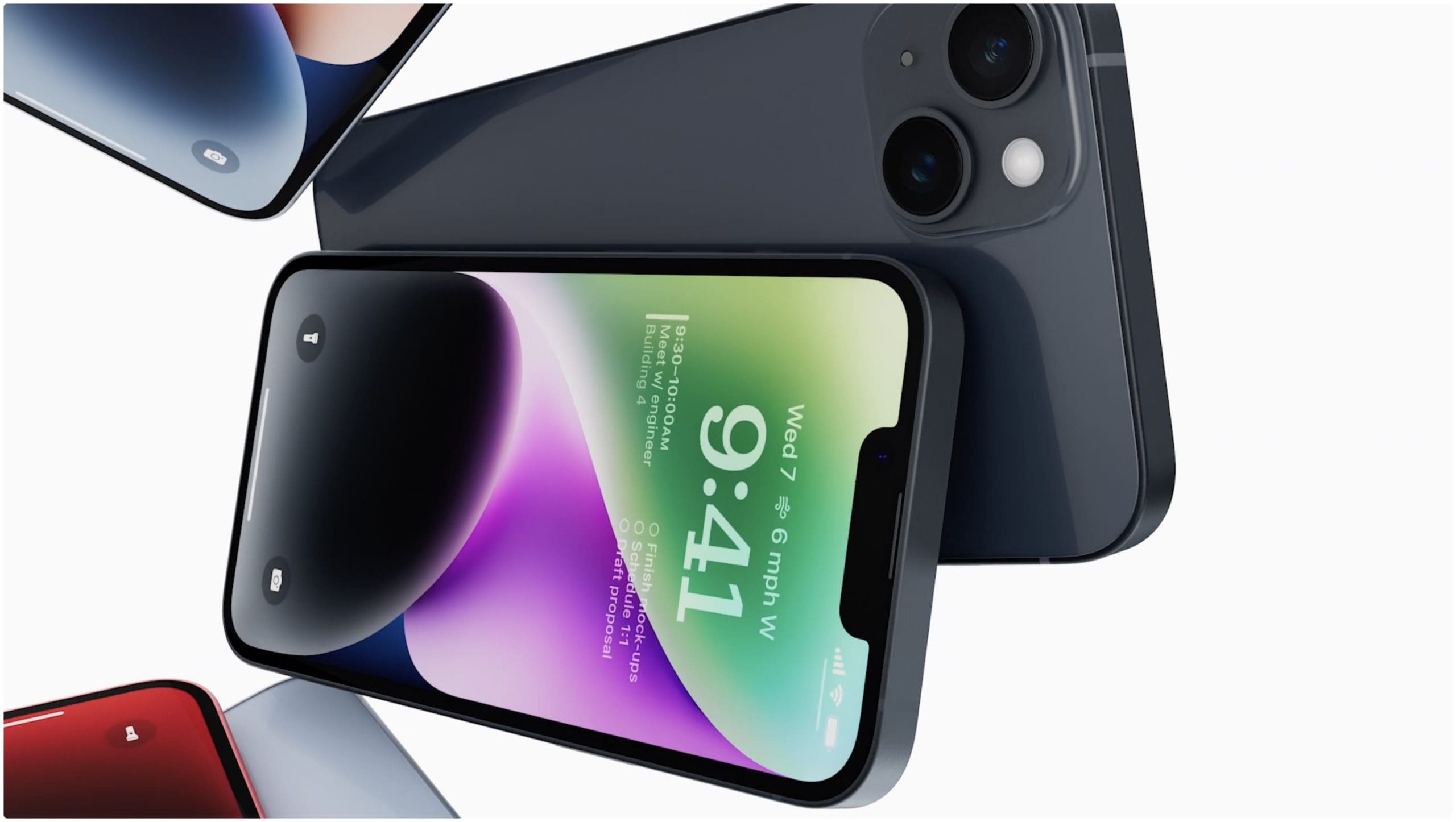



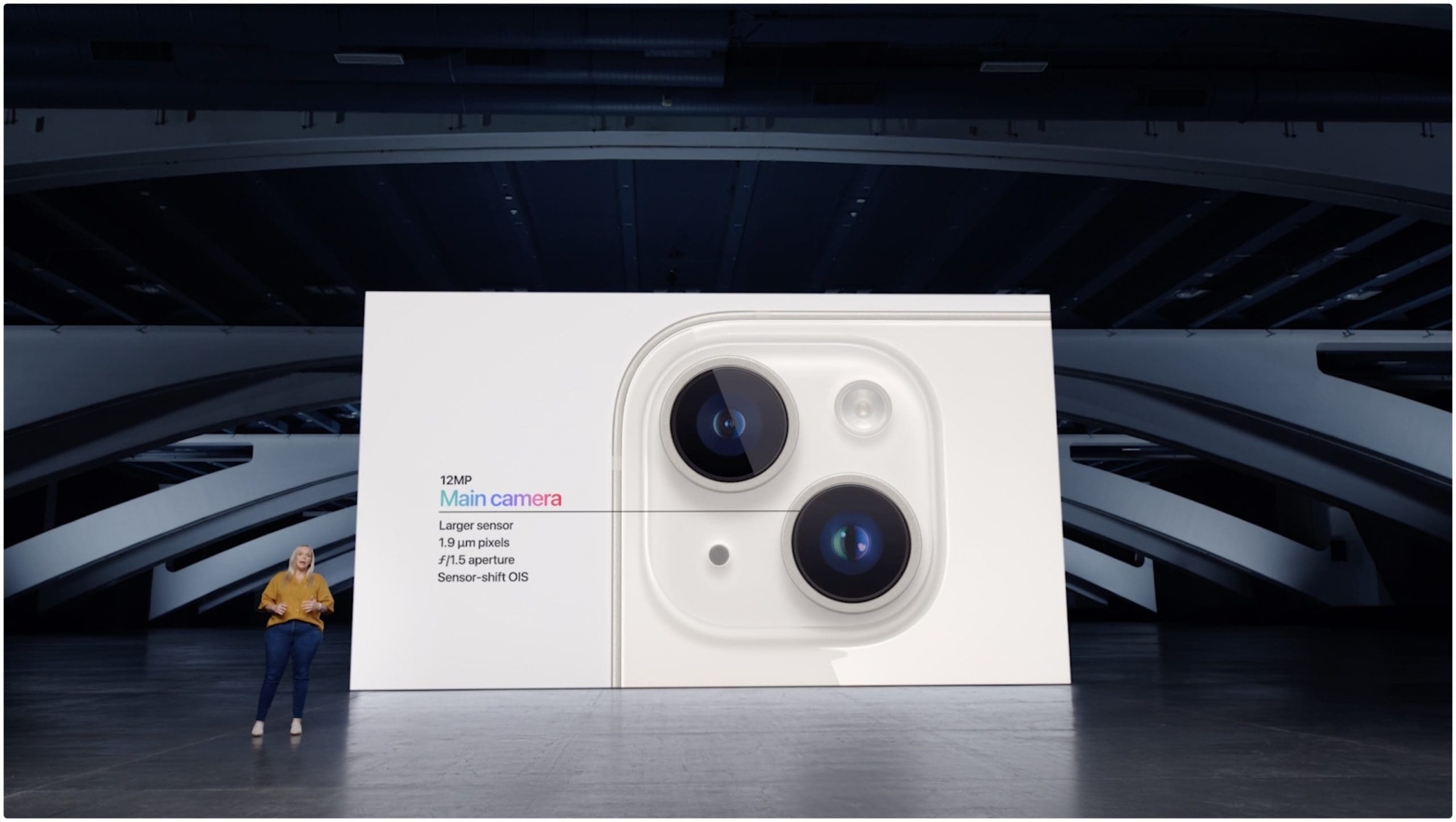
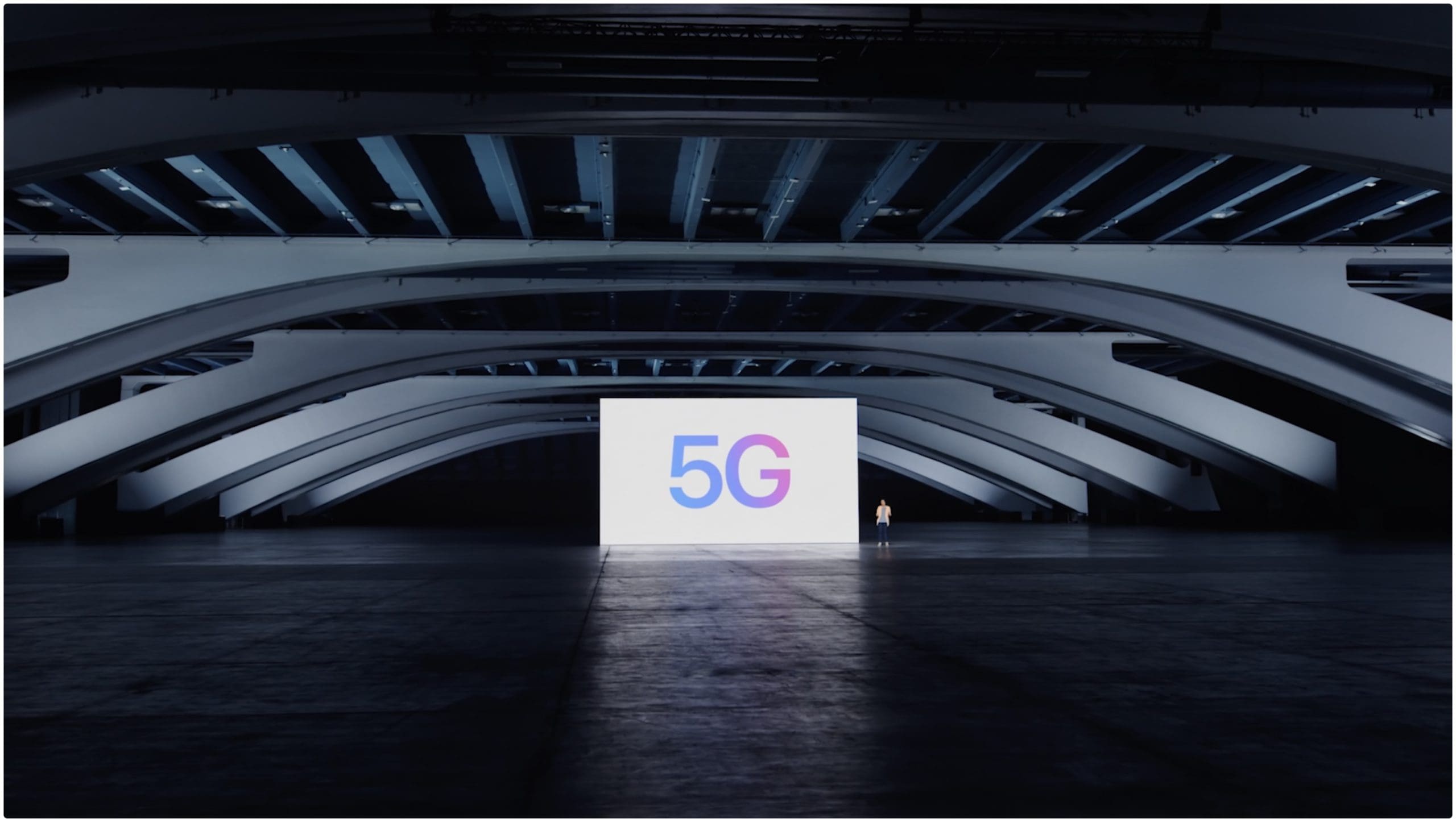





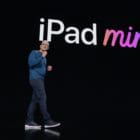

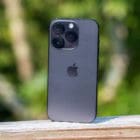
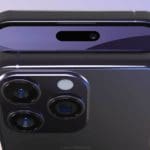
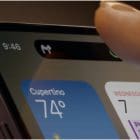
Write a Comment